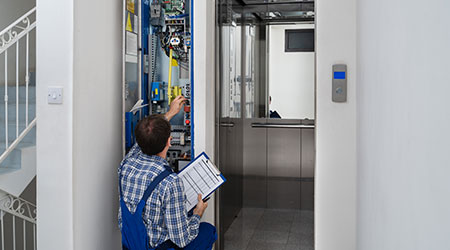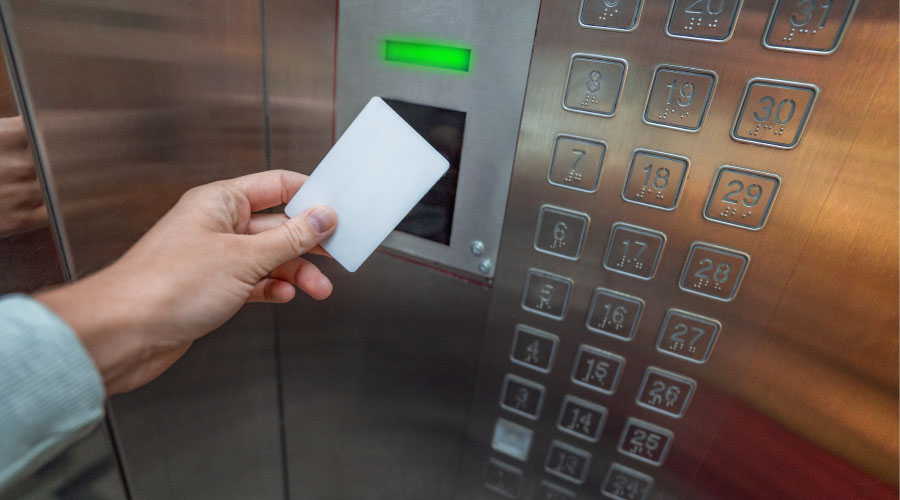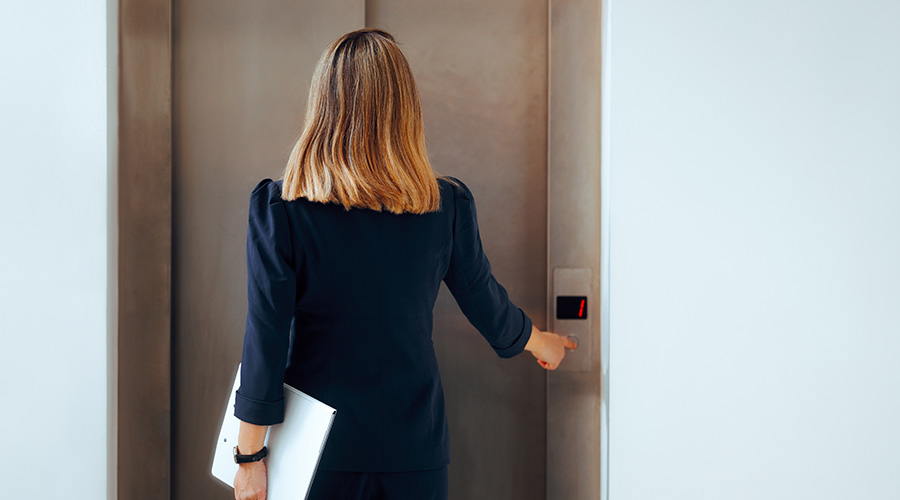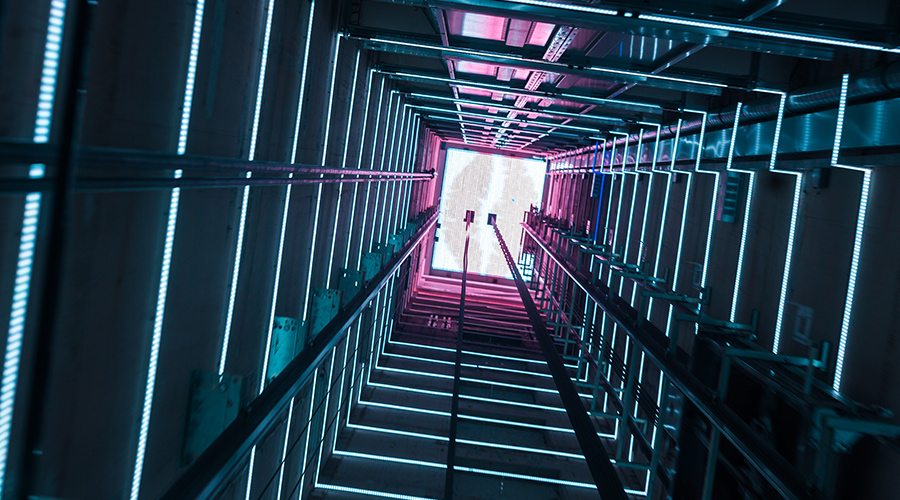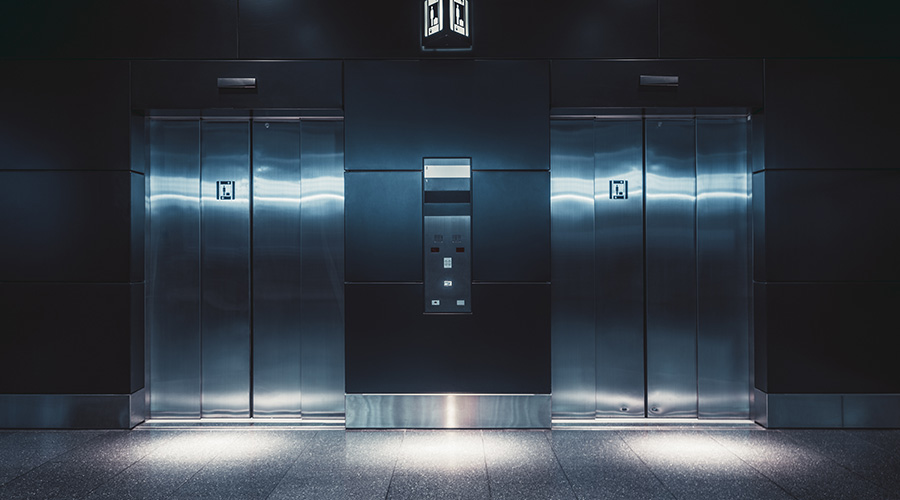Strategies to Improve Elevator Energy Efficiency
Elevators represent a small portion of a building's energy use, but there are still plenty of opportunities for savings. Here are some tips.
The overall cost of elevator ownership can often be equipped with a hefty price tag. Elevator consultants work with facility managers to perform evaluations of their institutional and commercial facility’s situation and develop a long-term strategy to lower overall cost of ownership.
Elevators represent 3 to 7 percent of a building's energy consumption. Evaluating an elevator's use of energy will be cost effective and energy saving. Here are some strategies to achieve this:
Intelligent tracking
Submetering is an efficient way to determine how much energy a particular elevator is using. This involves installing data logging equipment for the entire bank of elevators to measure current and voltage in upcoming electrical lines. Submetering offers the most accurate measurements and some utilities will subsidize energy efficiency upgrades depending on the results. Some companies disregard submetering because the initial investment can be pricey. Meters can cost anywhere from $2,500- $6,000 depending on the system.
Finding the waste
It is essential to examine the components responsible for the most energy use. Commonly, the drive system is the source of most energy waste. In older drives, like motor generator sets, the drives are constantly running. These drives also generate a lot of heat which requires even more energy to cool down.
Every bit counts
From a safety, financial, technological, and efficiency perspective, there are a multitude of benefits for modernizing elevator systems. A full modernization can cost upwards of $120,000 to $130,000. Upgrading elevator components over time can prevent owners from forking out a ton of money at once. If a full-scale modernization is not in the budget, there are smaller changes that can be made without gaining huge expenses.
Lighting and buttons: Lighting is an efficient way to reduce electricity consumption. In addition to being green, replacing elevator car lighting and push buttons with LEDs is a small but mighty way to save money.
Starter replacement: This upgrade can save elevator owners an extra $300-$500 annually. A new starter is necessary in order to guarantee protection against poor quality power that can lead to brownouts.
Controllers: Controllers that feature a standby mode are another great way to cut costs. Standby mode enables an elevator to “sleep” or shut off when not in use. When a passenger pushes the call bottom the elevator powers back up.
Destination dispatch: This system permits passengers to enter their desired floor onto a screen or tablet prior to entering the elevator. The elevator uses this information to group riders by floor, directing them to a particular elevator.
Regenerative drive: A regenerative drive recycles the energy produced while the elevator is slowing down or braking and fuels it back into the building.
Gearless modernization: A gearless modernization eliminates the motor generator. This decreases noise levels and power consumption.
With strict code requirements, upgrades and modernization can provide assurance that elevator systems are up to date and safe to use.
New technology features assist in cutting back wait and travel time, as well as increased efficiency and reliability. The benefits of modernization are evident and it is through this process businesses can be guaranteed that their elevator systems are safe, reliable, and cost efficient.
Michael P. Walsh is a senior project manager and vertical transportation engineering specialist at LF Driscoll in Philadelphia. He has more than 33 years of experience in the elevator and escalator industry.
Related Topics:








